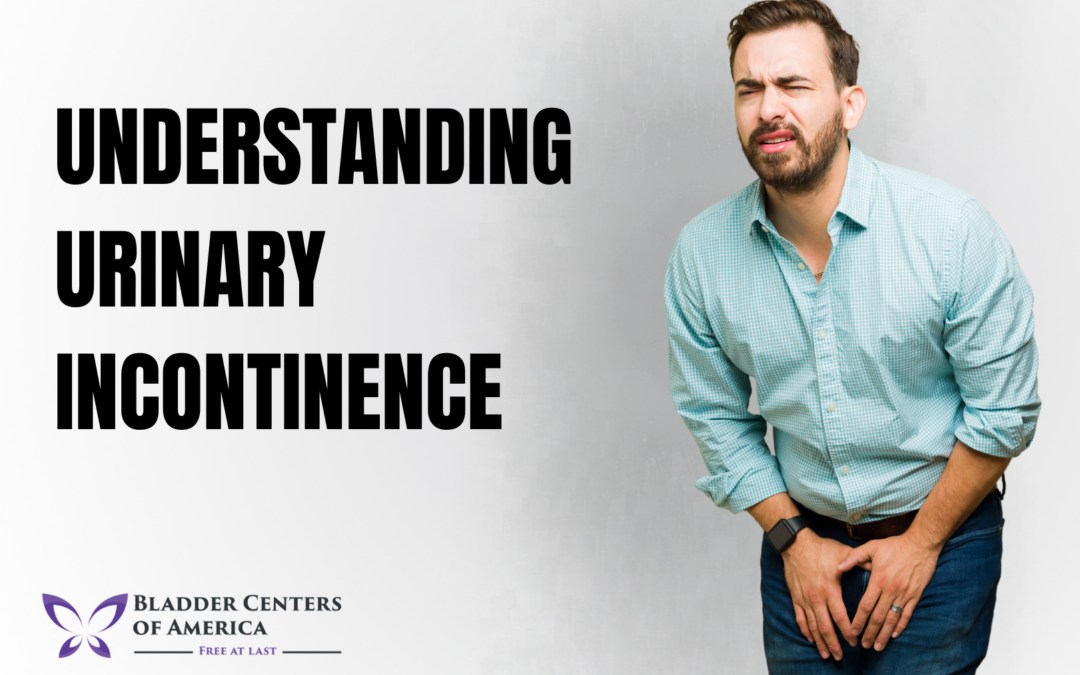Understanding urinary incontinence (UI) is an important step in managing and treating the condition. UI affects millions of people of all ages across the globe. UI is a condition where a person has difficulty controlling their bladder, leading to involuntary urine leakage. It is often caused by weakened pelvic floor muscles, childbirth, or age-related changes. UI may also be caused by other health issues such as nerve damage or prostate enlargement. With proper diagnosis and treatment of UI, individuals can regain control over their bladders and improve their quality of life.
Definition of urinary incontinence
Urinary incontinence is an involuntary leakage of urine from the bladder. This type of bladder control problem can range from mild leaks to uncontrollable wetting and affects people of all ages, but is most common in older adults and women. Symptoms can include an urgent need to urinate, or an inability to hold urine for even short periods. Treatment options vary but may include lifestyle modifications such as kegel exercises, medications, or surgery.
Types of UI and symptoms
Urinary incontinence is a condition that affects millions of people worldwide. It can range from occasional dribbling to complete loss of bladder control. Though the exact cause of urinary incontinence is not known, several types have been identified, including stress, urge, and overflow incontinence. Stress incontinence occurs when physical activity or certain activities such as coughing, sneezing, or laughing put pressure on the bladder, leading to unwanted leakage. Urge incontinence is caused by an overactive bladder which leads to an intense urge to urinate followed by involuntary urine loss. Overflow incontinence is usually caused by an obstruction in the urinary tract which impedes bladder emptying leading to frequent dripping or constant dribbling of urine. Symptoms vary from person to person but generally include frequent urination, passing large volumes of urine in one go, and/or having accidents due to sudden urgency and leakage.
Causes of Urinary Incontinence
Physical causes
Urinary incontinence (UI) is an involuntary loss of urine that can be caused by several physical issues. The most common physical causes of UI include weak bladder muscles, injury to the bladder or spinal cord, neurological diseases, urinary tract infections, and pregnancy. It can also be caused by certain medications or the extended use of catheters. In addition to medical causes, lifestyle factors such as excessive alcohol consumption and lack of exercise can contribute to UI.
Psychological causes
Psychological causes of urinary incontinence are often linked to anxiety, depression, and stress. These psychological factors can cause an individual’s bladder to become overactive and unable to control their urges. It can also be triggered by phobias—such as an irrational fear of using a public restroom—or traumatic events like sexual or physical abuse. Other psychological conditions such as obsessive-compulsive disorder (OCD) and post-traumatic stress disorder (PTSD) can lead to increased levels of emotional and mental distress which can then manifest as urinary incontinence. The good news is that emotional management strategies and talk therapy can be beneficial in treating this condition.
Prevention and Treatment of Urinary Incontinence
Medical treatments
Treatments for urinary incontinence vary depending on the type and severity of the condition. Some common treatments include lifestyle changes, such as limiting or avoiding caffeine, alcohol, and spicy food; managing fluid intake; and performing bladder control exercises. Medications such as anticholinergics may be prescribed to reduce the urgency of urinating. In more severe cases, surgical procedures can be used to improve bladder control. Electrical stimulation therapy is another option that can be used to strengthen pelvic floor muscles. This method helps support the bladder and prevent leakage.
Lifestyle changes to help reduce incontinence episodes
Incontinence can be a difficult condition to cope with. Making lifestyle changes may help reduce the number and severity of episodes. Some helpful lifestyle changes include reducing caffeine intake, avoiding foods high in sugar and salt, exercising regularly, managing stress, scheduling regular bathroom visits throughout the day, and drinking plenty of water. Additionally, maintaining a healthy weight by eating a balanced diet and getting regular exercise can help strengthen muscles that support bladder control. Making these small changes in your life can have big rewards when it comes to incontinence management.
Understanding urinary incontinence is a complex and often debilitating condition. But it doesn’t have to be a burden — with proper diagnosis, treatment, and lifestyle changes, bladder control can be restored. Seeking professional help right away is the key to regaining urinary continence. Knowing more about what causes incontinence can also give you insight into how to live with the condition. With patience and knowledge, those suffering from incontinence can still lead active and fulfilling lives.

